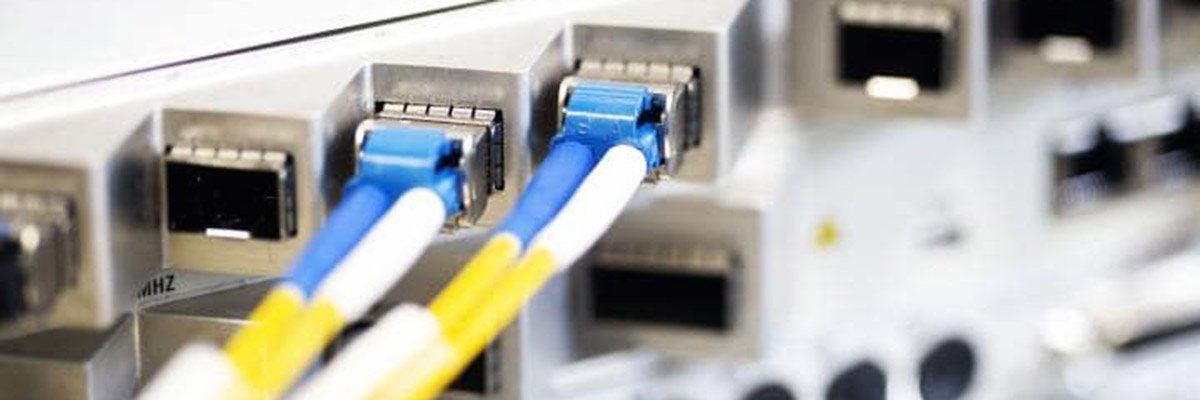Nokia is set to acquire open optical networking solutions and advanced optical semiconductor producer Infinera to increase scale in optical networks and accelerate its product roadmap.
The acquisition will create a “highly scaled and truly global” optical business with increased in-house technology capabilities and vertical integration, with a particular emphasis on strengthening optical business in North America, according to Nokia.
Infinera said its product line is designed to enable carriers, cloud operators, governments and enterprises to scale network bandwidth, accelerate service innovation and automate network operations.
Infinera solutions also see use in long-haul, submarine, datacentre interconnect and metro transport applications. Infinera has recently been developing high-speed and low-power optical components for use in intra-datacentre (ICE-D) applications, which are particularly suited to AI workloads and can become a very attractive long-term growth opportunity.
Under the terms of the definitive agreement, Nokia is acquiring Infinera for $6.65 per share, which equates to an enterprise value of $2.3bn. The acquisition has been unanimously approved by the board of directors of both Nokia and Infinera. It is targeted to close during the first half of 2025, subject to approval by Infinera’s shareholders, regulatory approvals including antitrust, CFIUS and other foreign direct investment approvals and other customary closing conditions.
From a strategic perspective, the two companies see the move as presenting a “significant” opportunity in merging to improve scale and profitability, enabling the combined business to accelerate the development of new products and solutions to benefit customers.
Among the benefits the companies envisage for customers are improved global scale and product roadmap. By increasing the scale of its Optical Networks business by 75%, Nokia said it would be empowered to accelerate its product roadmap timeline and breadth, providing better products for users.
The combined business will also have an expanded digital signal processor (DSP) development team, expertise across silicon photonics and indium phosphide-based semiconductor material sciences, and deeper competency in photonic integrated circuit (PIC) technology. The result will be a “strong, innovative” player with a “deep and diverse” pool of optical networking talent and expertise.
Nokia believes the transaction aligns strongly with its go-to-market strategy, expecting it to strengthen what it claims is the company’s technology leadership in optical and increase exposure to webscale customers. It expressed confidence that the transaction has “compelling” financial and strategic merit, with the combination with Infinera projected to lead to a double-digit operating margin in its Optical Networks business. Nokia aims to achieve €200m of net comparable operating profit synergies by 2027.
Along with the recently announced sale of its Submarine Networks, the transaction will create a reshaped Nokia Network Infrastructure built on three pillars of Fixed Networks, IP Networks and Optical Networks. Nokia is targeting mid-single digit organic growth for the overall Network Infrastructure business and to improve its operating margin to mid-to-high teens level.
“Today, Network Infrastructure offers a unique portfolio across the fixed access, optical and IP networks domains built on leading technology innovation and a strong customer focus,” said Nokia president of network infrastructure Federico Guillén.
“This acquisition will further strengthen the optical pillar of our business, expand our growth opportunities across all our target customer segments and improve our operating margin. I am extremely pleased that we are bringing together these two talented and dedicated teams. Separately, we have long respected each other as competitors. Together, we find the logic of combination irresistible.”
Infinera CEO David Heard added: “We are excited about the value this combination will bring to our global customers. We believe Nokia is an excellent partner. Together, we will have greater scale and deeper resources to set the pace of innovation and address rapidly changing customer needs at a time when optics are more important than ever – across telecom networks, inter-datacentre applications, and now inside the datacentre.
“This combination will further leverage our vertically integrated optical semiconductor technologies. Furthermore, our stakeholders will have the opportunity to participate in the upside of a global leader in optical networking solutions.”

